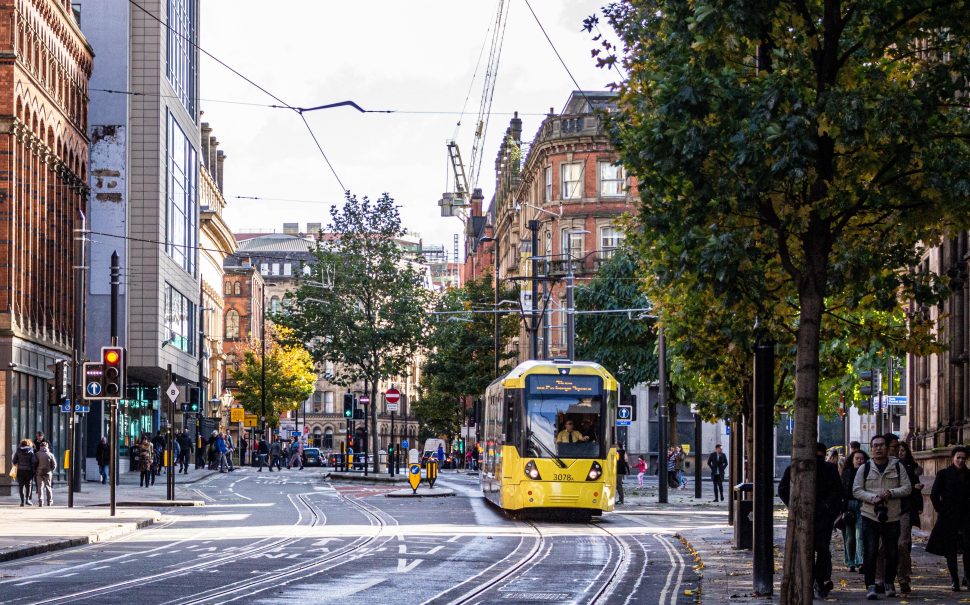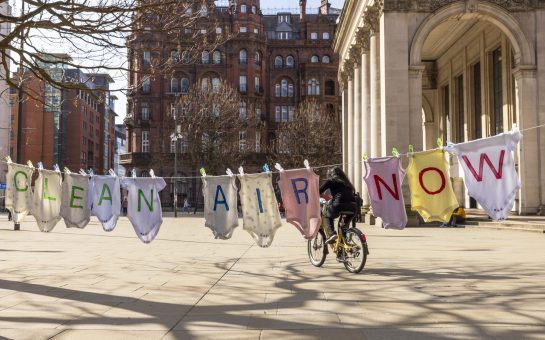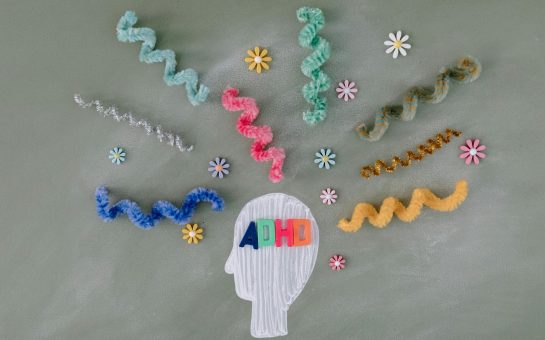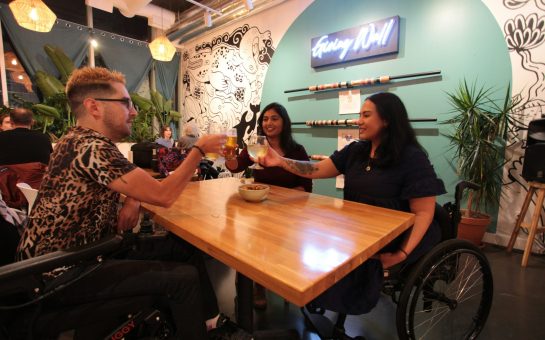Local elections are approaching in the UK and people across Greater Manchester are preparing to hit the polls on 4 May – but what did the region look like in the past?
Here’s a little bit about the history of Greater Manchester and its politics.
What are the ten boroughs of Greater Manchester?
Greater Manchester is made up of Bolton, Bury, Oldham, Rochdale, Stockport, Tameside, Trafford, Wigan, Salford and Manchester.
How is Greater Manchester currently run?
As well as each borough being run by its local council, the Greater Manchester Combined Authority came into power in 2011. It’s been run by metro mayor Andy Burnham for six years, whose cabinet includes the leaders of each of the ten borough councils.
All of the ten boroughs are made up of different wards, which are each represented by three councillors. These wards all have a list of candidates running in the local election – the winning candidate will become a councillor.
The party with the most councillors then forms the cabinet leading the council. As it stands, eight of Greater Manchester’s ten boroughs are under Labour control, with the two exceptions, both run by minority administrations, being Bolton (Conservative) and Stockport (Lib Dem).
What came before the ten boroughs?
The county’s ten boroughs have been politically connected since the removal of the Greater Manchester County Council in 1986 – which led to the creation of the boroughs.
The Local Government Act 1972 meant that Greater Manchester became a county with a two-tier system of government in place until the boroughs became unitary authorities in 1986.
Before the formation of Greater Manchester as a metropolitan county, the area was known as ‘South East Lancashire North East Cheshire’.
Politics in Greater Manchester
In Greater Manchester, the Conservatives won the highest share of votes in Bolton West in the 2019 general election. To contrast, Labour received the highest share of votes in the county from Gorton with 77.6%.
Manchester City Council is currently controlled by the Labour party and has controlled the majority of seats since the reform of local government in 1974 – as are seven other of Greater Manchester’s boroughs.
What is the role of Andy Burnham?
The devolution agreement between the government and the Greater Manchester Combined Authority in 2014 led to the introduction of a ‘metro mayor’ who would chair the authority.
The mayor of Greater Manchester, Andy Burnham, represents all ten boroughs and leads on issues including economy, transport, police, and fire services.
This includes setting budgets as well as being responsible for the £300 million housing investment fund.
Burnham is the chair and eleventh member of the Greater Manchester Combined Authority – the other ten being leaders of the ten borough councils.
The former health secretary recently confirmed he will be running for a third term as Mayor of Greater Manchester in 2024.
Where does Lancashire fit in?
Geographically, most of Greater Manchester lies in Lancashire. In 1974, some parts of Lancashire and Cheshire became Greater Manchester.
Despite this, Lancashire has its own council – Lancashire County Council, which is divided into local government districts including Burnley, Lancaster, Preston and West Lancashire.
The county of Lancashire is a hybrid structure, meaning it is made up of both two-tier councils and unitary councils.
Blackpool and Blackburn-with-Darwen are still part of the county of Lancashire but are unitary councils not controlled by the county council.
How can you vote in the local elections?
Polls across Greater Manchester open at 7am and close at 10pm. You can find your nearest polling station here.
All voters must show photographic ID when they arrive at the polling station and you can check what ID is valid here.
Mancunian Matters will be providing the latest updates before the final results are announced on Friday 5 May.
Photo credits: Unsplash




